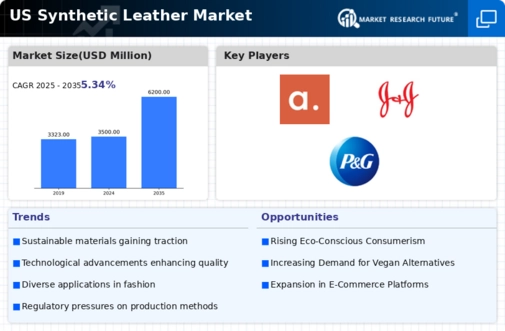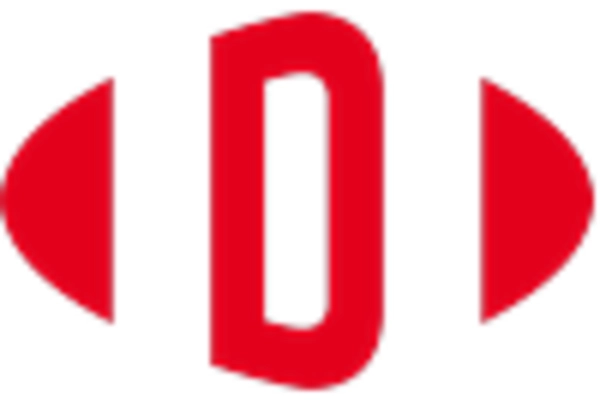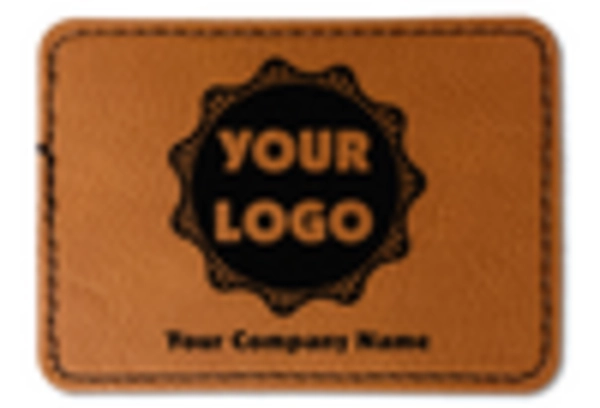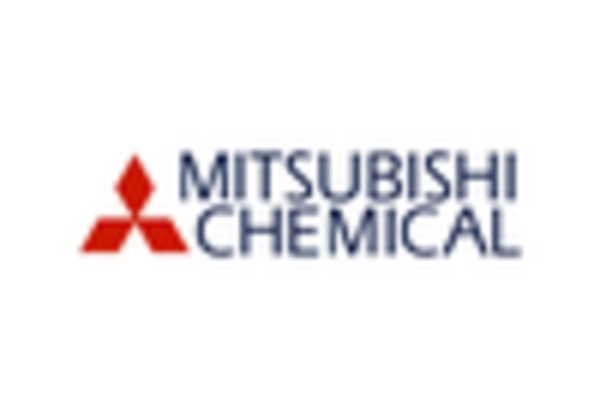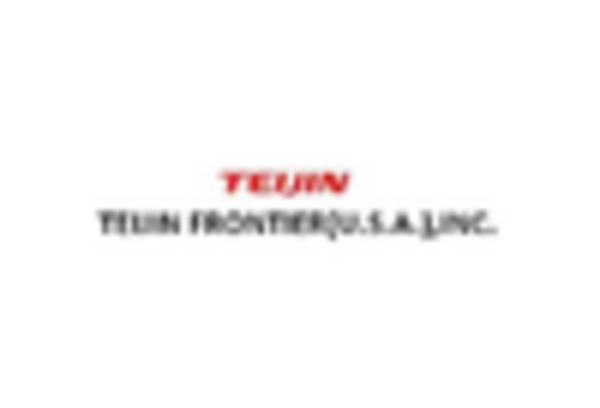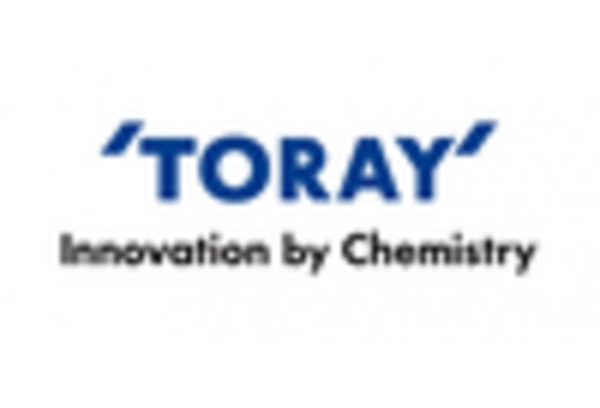The synthetic leather market is currently characterized by a dynamic competitive landscape, driven by increasing consumer demand for sustainable and innovative materials. Key players are actively engaging in strategies that emphasize technological advancements, sustainability, and market expansion. For instance, DuPont de Nemours Inc (US) has been focusing on enhancing its product portfolio through innovation in bio-based synthetic leather, which aligns with the growing trend towards eco-friendly materials. Similarly, BASF SE (DE) is investing in research and development to create high-performance synthetic leathers that cater to various industries, including automotive and fashion, thereby reinforcing its market position.In terms of business tactics, companies are increasingly localizing manufacturing to reduce lead times and enhance supply chain efficiency. The market structure appears moderately fragmented, with several players vying for market share. This fragmentation allows for a diverse range of products and innovations, although it also intensifies competition among key players. The collective influence of these companies shapes the market dynamics, as they strive to differentiate themselves through unique offerings and operational efficiencies.
In October Toray Industries Inc (Japan) announced a strategic partnership with a leading automotive manufacturer to develop advanced synthetic leather solutions tailored for electric vehicles. This collaboration is significant as it not only positions Toray at the forefront of the automotive sector's shift towards sustainability but also enhances its reputation as a provider of innovative materials. The partnership is expected to yield products that meet the stringent environmental standards increasingly demanded by consumers and regulators alike.
In September Teijin Limited (Japan) launched a new line of synthetic leather made from recycled materials, targeting the fashion and upholstery markets. This initiative underscores Teijin's commitment to sustainability and reflects a broader industry trend towards circular economy practices. By leveraging recycled content, Teijin aims to attract environmentally conscious consumers, thereby expanding its market reach and reinforcing its competitive edge.
In August Hanesbrands Inc (US) unveiled a new collection of apparel featuring synthetic leather components, emphasizing both style and sustainability. This move is indicative of Hanesbrands' strategy to integrate innovative materials into its product lines, catering to the growing consumer preference for sustainable fashion. The introduction of this collection is likely to enhance brand loyalty and attract a new demographic of eco-conscious consumers.
As of November the competitive trends in the synthetic leather market are increasingly defined by digitalization, sustainability, and the integration of artificial intelligence in production processes. Strategic alliances are becoming more prevalent, as companies recognize the value of collaboration in driving innovation and market penetration. Looking ahead, it appears that competitive differentiation will evolve from traditional price-based competition to a focus on innovation, technological advancements, and supply chain reliability. This shift may redefine market dynamics, compelling companies to invest in sustainable practices and cutting-edge technologies to maintain their competitive advantage.


